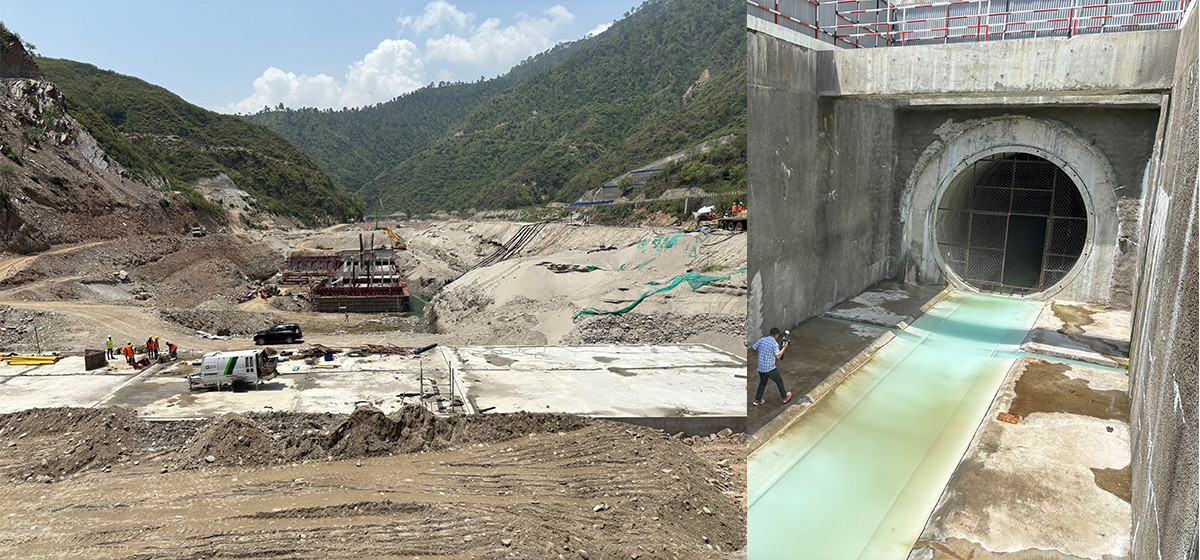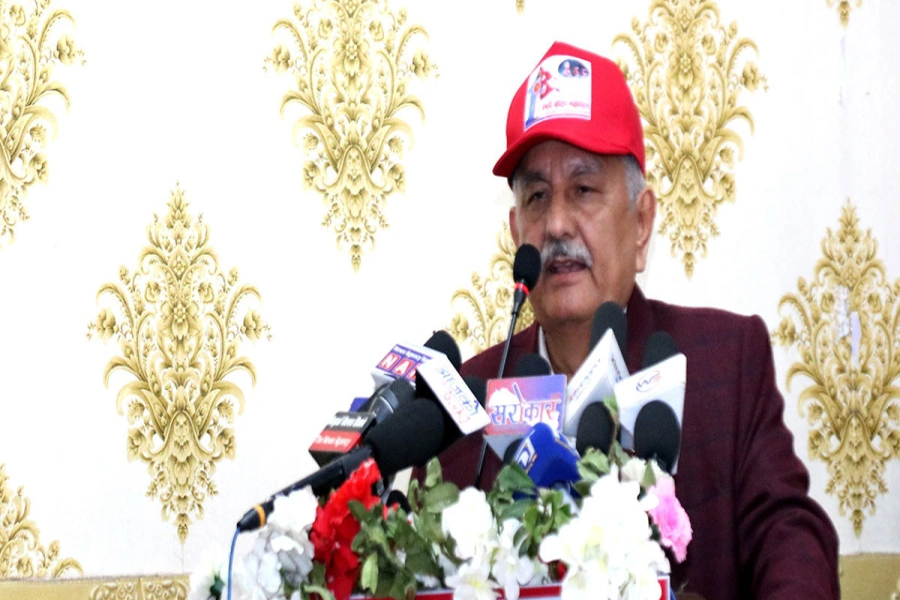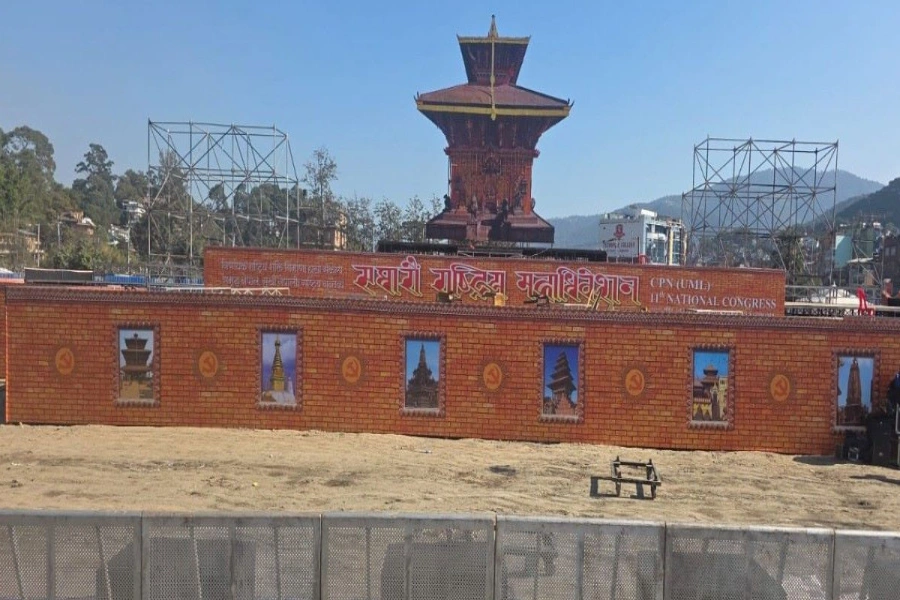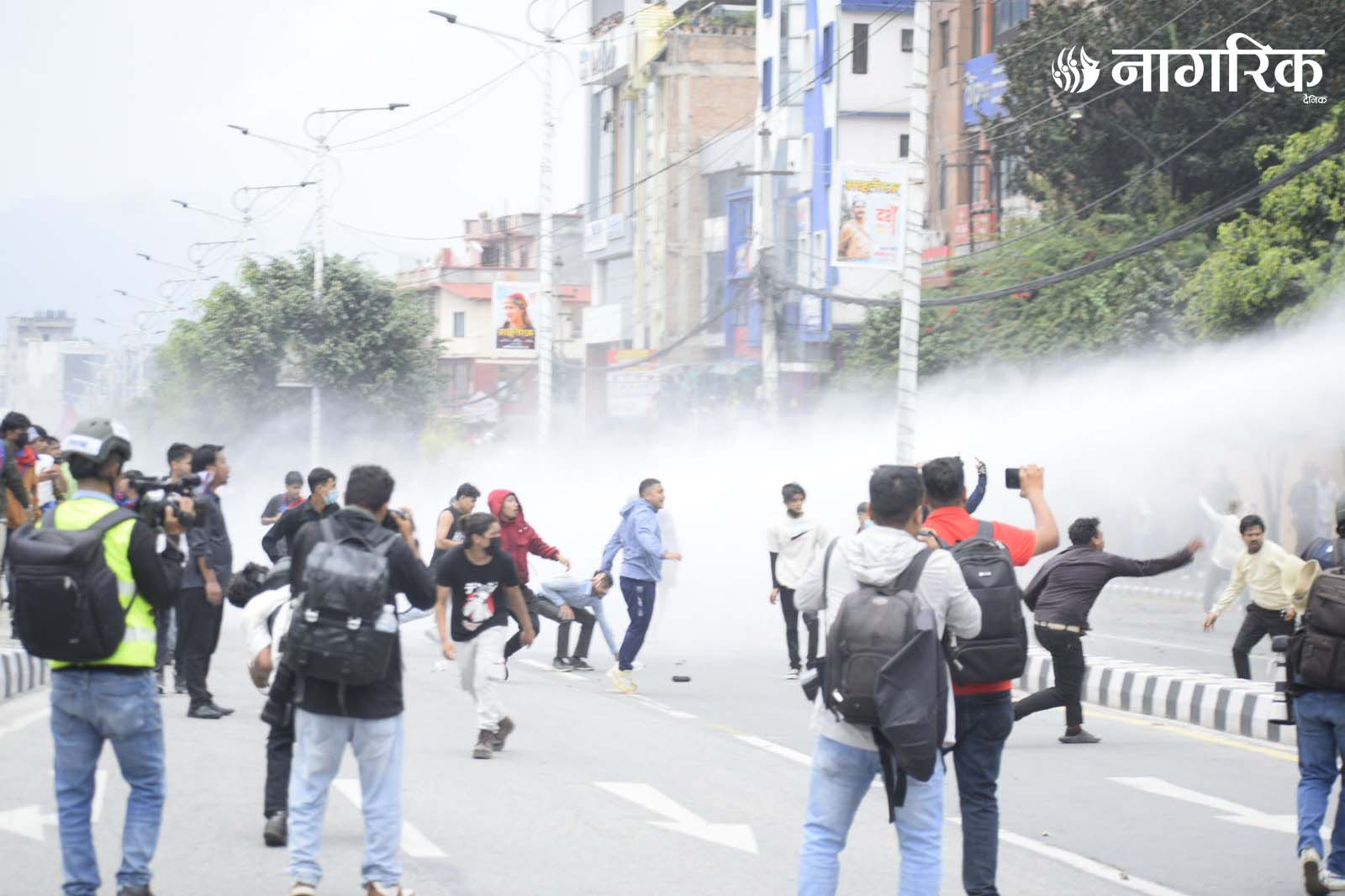KATHMANDU, May 15: There is currently partial influence from the western and local winds, along with the moisture-laden winds coming from the Bay of Bengal and the Arabian Sea in Nepal.
As a result, the weather in the hilly regions of the country is partially cloudy. In other areas, the weather remains mostly clear to partially cloudy, according to the Meteorological Forecasting Division (MFD) under the Department of Hydrology and Meteorology.
Fire engulfs bank and shops in Dipayal

The MFD has forecast that the maximum temperature is likely to rise in the Terai regions of the Madhesh, Bagmati, Gandaki, Lumbini, and Sudurpashchim provinces as well as in many parts of the hilly regions of the country.
The MFD estimates that the highest temperatures will be recorded in Dipayal, Dhangadhi, Nepalgunj, and Bhairahawa, where temperatures could reach up to 41°C today.
The MFD also predicted that the lowest temperature tonight will be recorded in Jumla, where the temperature is expected to drop to 7°C.
Similarly, there is a possibility of light rain in cities such as Taplejung, Jiri, Pokhara, and Jomsom today. The MFD has stated that light to moderate rainfall, along with thunderstorms and lightning, is expected in a few places in the hilly areas of Koshi and Gandaki provinces, as well as in one or two places in the remaining hilly regions of the country.







































